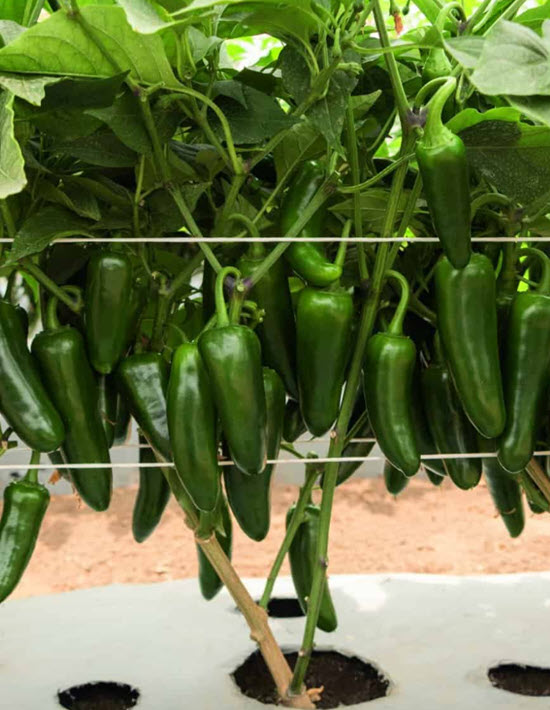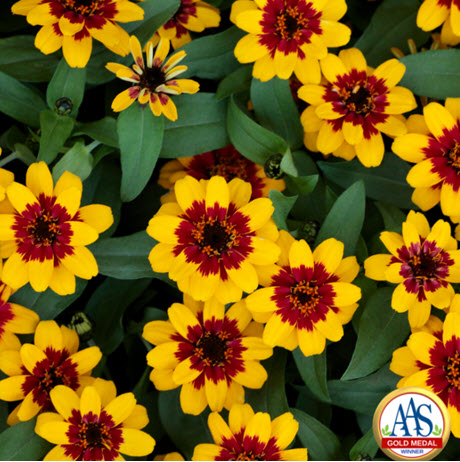Click below to listen to my 2 min. Garden Bite radio show/podcast: Seed buying 101
Audio PlayerTis the season of seeds! A perennial topic this time of year as we really start the gears rolling on early seed starting. All America Selections put together some great information regarding seed terminology. Descriptive terms to know as you search out seeds. Click on that link for more.
So what is a “cultivar”? It’s often presented as the ‘variety name’ after the genus and species in seed catalogs. So ‘San Joaquin’ is the cultivar name for a certain capsicum annum, or rather jalapeno pepper and would be written as San Joaquin Pepper (capsicum annum). This is a 2023 AAS winner too!

GMO’s, or rather genetically modified organisms can happen in nature as well as by plant breeders. Genetically engineered, or GE, means that it canNOT happen in nature but ONLY in a lab.
Examples of 20th-century breeding work include familiar vegetables and fruits such as seedless watermelons, pluots, and modern broccoli. GMO and GE get used by the average person as though they are the same but it is actually the GE that naturalists disagree with. More on this topic coming Friday.
Another term often used in seed buying is OP, or Open Pollinated. OP varieties are seeds that result from pollination by insects, wind, self-pollination (when both male and female flowers occur on the same plant), or other natural forms of pollination.

If you save seeds from open-pollinated varieties and grow them in the following years, they will “come true,” meaning that the plants will produce plants with characteristics or “traits” like the parent plant from which the seeds were harvested.
Keep in mind that both the wind and insects will pollinate different OP varieties that are planted close together. If you save seeds of squash and pumpkins that have been growing next to each other they can cross-pollinate and you could grow something completely different that what you wanted!
